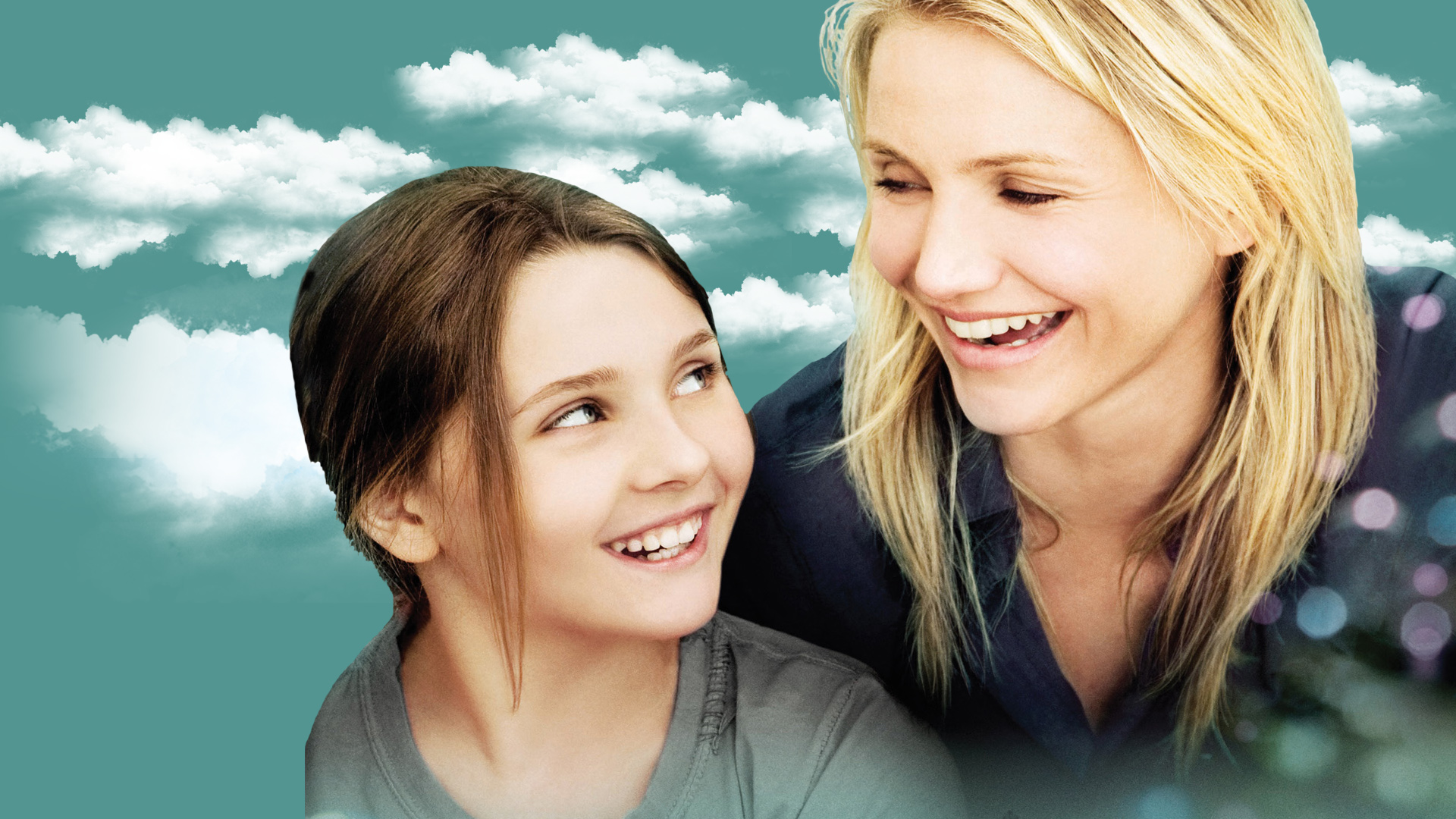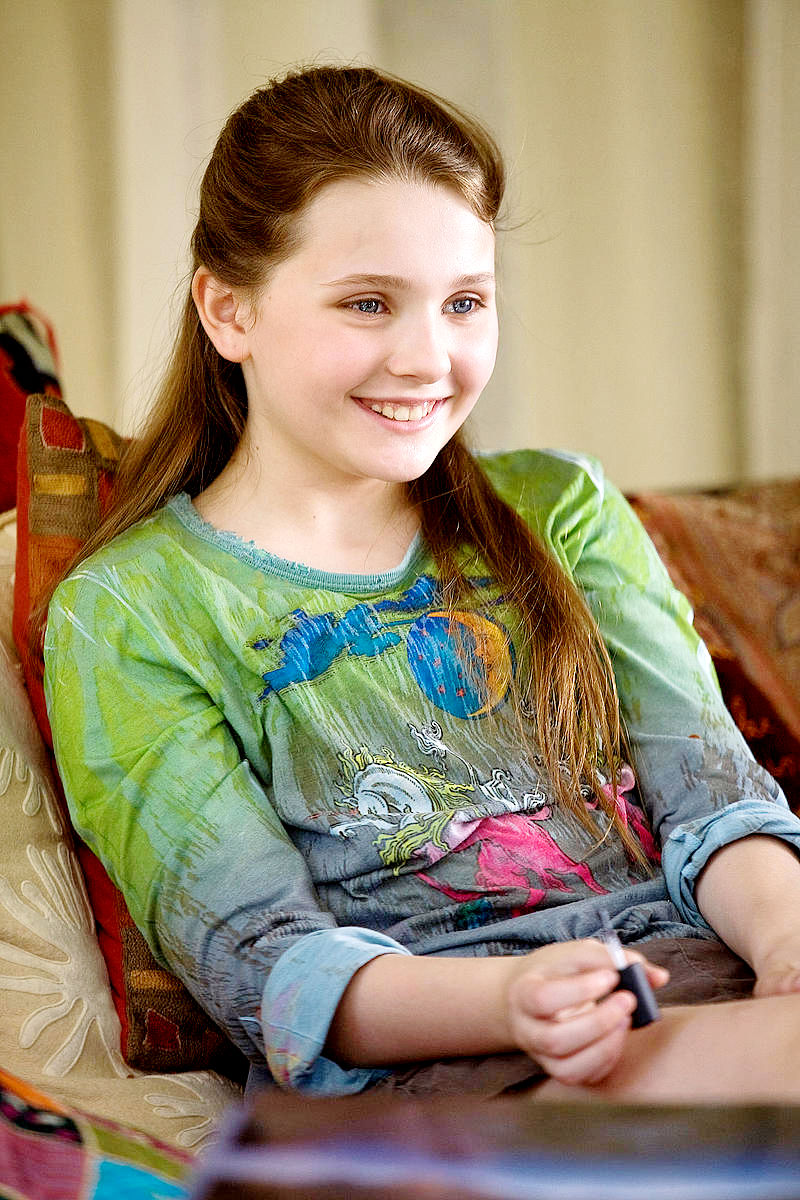My Sister's Keeper, a powerful novel by Jodi Picoult, delves deep into the complexities of family relationships and ethical dilemmas surrounding medical decisions. This masterpiece challenges readers to reflect on the moral boundaries of love and sacrifice. Through its compelling narrative, the story forces us to confront difficult questions about the lengths we go for those we love.
Published in 2004, My Sister's Keeper has captured the hearts of millions worldwide. The novel explores the emotional journey of the Fitzgerald family, particularly focusing on Anna Fitzgerald, who was conceived specifically to serve as a genetic match for her terminally ill sister, Kate. This article will provide an in-depth analysis of the book's themes, characters, and its broader implications in medical ethics.
Whether you're a literature enthusiast or someone interested in bioethics, this article offers valuable insights into the world of My Sister's Keeper. We'll explore the key elements that make this story so impactful and relevant even today. Let's dive into the fascinating world created by Jodi Picoult.
Read also:Alex Fine The Ultimate Guide To His Life Career And Achievements
Table of Contents
- Overview of My Sister's Keeper
- Main Characters and Their Roles
- Key Themes and Messages
- Ethical Dilemmas in the Story
- Cultural and Social Impact
- The Movie Adaptation
- Criticism and Praise
- Lessons Learned from the Story
- Thematic Analysis
- Conclusion and Final Thoughts
Overview of My Sister's Keeper
My Sister's Keeper is a fictional story written by renowned author Jodi Picoult. The novel revolves around the Fitzgerald family, whose lives are forever changed when Kate, the eldest daughter, is diagnosed with acute promyelocytic leukemia at the age of three. To save Kate, her parents conceive Anna specifically as a genetic match for medical treatments.
Throughout her life, Anna undergoes numerous procedures to help her sister survive, including blood transfusions and bone marrow donations. However, when Anna turns eleven, she decides to take legal action to gain medical emancipation, sparking a dramatic legal and emotional battle within the family.
Plot Summary
The story is told from multiple perspectives, including Anna, her sister Kate, their mother Sara, and their father Brian. This narrative style allows readers to understand the motivations and struggles of each character. As Anna fights for her rights, the family faces difficult decisions about love, sacrifice, and the boundaries of parenthood.
- Anna's decision to sue for medical emancipation creates tension within the family.
- The courtroom drama highlights the ethical complexities of using one child to save another.
- The story ultimately explores the meaning of love and the sacrifices we make for those we care about.
Main Characters and Their Roles
The characters in My Sister's Keeper are intricately developed, each contributing to the story's emotional depth. Below is a detailed look at the main characters:
Anna Fitzgerald
Anna is the protagonist of the story and the youngest child in the Fitzgerald family. Born as a savior sibling, her entire life revolves around providing medical support for her sister Kate.
As she matures, Anna begins to question the fairness of her role in the family and seeks legal emancipation to make her own medical decisions.
Read also:Top Picks For Blundstones Alternatives Discover Your Perfect Pair
Kate Fitzgerald
Kate is the eldest daughter in the family and suffers from leukemia. Her illness serves as the central conflict in the story, driving the family's decisions and sacrifices.
Despite her illness, Kate remains strong and resilient, inspiring those around her with her courage.
Key Themes and Messages
My Sister's Keeper addresses several important themes that resonate with readers on an emotional and intellectual level.
Love and Sacrifice
The theme of love and sacrifice is central to the story, as the Fitzgerald family makes countless sacrifices to save Kate's life. The novel questions the limits of parental love and the boundaries of sacrifice when it comes to medical decisions.
Medical Ethics
The story raises significant ethical questions about the use of savior siblings and the rights of children in medical decision-making. It challenges readers to consider the moral implications of creating life for the purpose of saving another.
Ethical Dilemmas in the Story
One of the most compelling aspects of My Sister's Keeper is its exploration of ethical dilemmas. The novel presents a nuanced view of the complex issues surrounding savior siblings and medical emancipation.
According to a study published in the Journal of Medical Ethics, the concept of savior siblings raises important questions about consent and autonomy in pediatric medicine [Source: Journal of Medical Ethics, 2015].
Parental Responsibility
The story highlights the responsibilities and limitations of parents in making medical decisions for their children. It challenges the notion that parental love always leads to the best outcomes for children.
Cultural and Social Impact
My Sister's Keeper has had a significant impact on both literature and society. The novel has sparked important conversations about bioethics and family dynamics.
Since its publication, the book has been translated into multiple languages and has reached a global audience, bringing attention to the ethical issues it addresses.
Public Awareness
The novel has increased public awareness about savior siblings and the ethical considerations involved in such medical procedures. It has also encouraged discussions about the rights of children in medical decision-making.
The Movie Adaptation
In 2009, My Sister's Keeper was adapted into a feature film directed by Nick Cassavetes. The movie stars Cameron Diaz, Alec Baldwin, and Abigail Breslin, among others.
While the film received mixed reviews, it successfully brought the story to a wider audience and continued the conversation about the ethical issues raised in the book.
Comparing Book and Movie
Both the book and the movie have their strengths and weaknesses. The book offers a more in-depth exploration of the characters' thoughts and emotions, while the movie provides a visual representation of the story's emotional intensity.
Criticism and Praise
My Sister's Keeper has received both praise and criticism from readers and critics alike. Many appreciate the novel's emotional depth and its ability to tackle difficult ethical issues.
However, some critics argue that the story's emotional intensity may overshadow its intellectual complexity.
Positive Reviews
Several reviewers have praised the novel for its thought-provoking themes and engaging narrative. The New York Times called it "a powerful exploration of family and morality" [Source: The New York Times, 2004].
Lessons Learned from the Story
My Sister's Keeper offers valuable lessons about love, sacrifice, and the importance of respecting individual autonomy, even within families.
It reminds us that while love can drive us to great lengths, it is essential to consider the rights and well-being of every individual involved.
Personal Growth
Through Anna's journey, readers learn about the importance of personal growth and self-determination. The story encourages us to reflect on our own values and priorities.
Thematic Analysis
A deeper analysis of My Sister's Keeper reveals the intricate interplay of themes and motifs that make the story so compelling.
The novel uses the courtroom drama as a metaphor for the larger ethical debates surrounding medical decision-making. This analysis helps readers understand the broader implications of the story's themes.
Symbolism
The novel employs various symbols, such as the fire that Brian fights as a firefighter, to represent the challenges and sacrifices faced by the characters. These symbols add depth to the story and enhance its emotional impact.
Conclusion and Final Thoughts
My Sister's Keeper is a remarkable exploration of love, sacrifice, and ethical dilemmas. Through its compelling narrative and complex characters, the novel challenges readers to think deeply about the boundaries of love and the rights of individuals.
The story's impact extends beyond literature, sparking important conversations about bioethics and family dynamics.
We invite you to share your thoughts and reflections in the comments section below. Have you read the book or watched the movie? What are your thoughts on the ethical issues raised in the story? Don't forget to explore our other articles for more insightful content.


